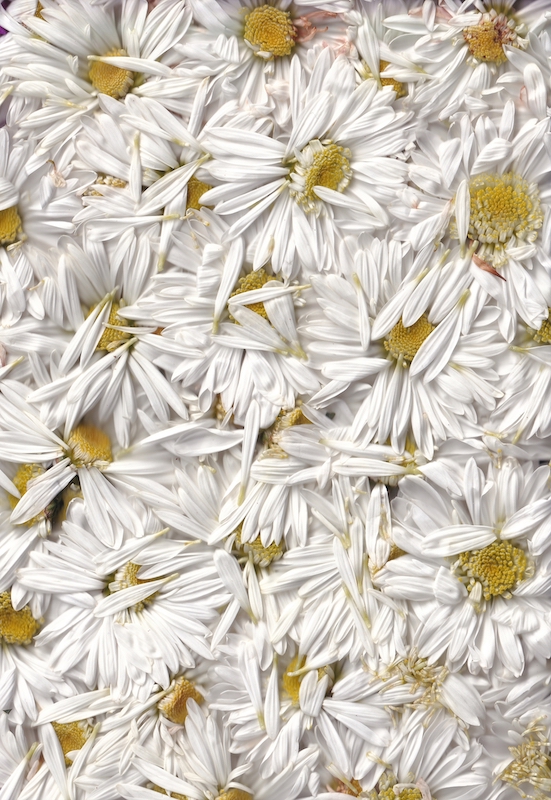Colors are present in every culture. They also help us describe different things and make our life more beautiful. But they have different meanings depending on the culture you see them through. China is a vast country with a rich history that shaped the meaning of colors in its way. So, lets have a look at the meaning of different colors in Chinese culture.
Some of them are lucky ones, while others not. There are some preferred color combinations too. Each of us has a favorite color, but the meaning we attach to it is intertwined with our culture. And China is known for its powerful color symbolism. Well, without further-a-do, lets get right into it.
Red – the Color of Good Fortune, Happiness, and Success
Red is the national color of China. While traveling to China, you would see red everywhere. The lanterns that are on the buildings are red. People are wearing red. Festivals have all kinds of decorations which are red. The flag of China is red. So, red is everywhere. This is because in Chinese culture, red means vitality, long life, happiness, success. It is a color that is thought to bring luck, recognition, and fame. This is why Chinese people give to each other during Chinese New Year red envelopes with money, as a gift. Red is a color that is present during weddings too.
If in the West we see brides with white dresses, in China they have red ones. This is because it is thought that red keeps the devil away. According to an EssayAssistant, on the streets of every city in China, you can see rows of “Xi”, which means happiness in Chinese, which are red. It is a dynamic, expansive, and blooming color that symbolizes fire and represents the summer season.

Yellow – the Royal Color
Yellow is a royal color. It symbolizes imperiality, the power of the throne, and prosperity. It is a color that corresponds to Earth and is reserved for the Emperor. Yellow is the color of late summer and it symbolizes empathy, warmth, and good faith. But even though yellow is the color reserved for the Emperor, if you look at the Forbidden City from a mountain nearby, you will mostly see yellow. (And by the way, if you’d like to find out which Chinese emperor you’d be — take this fun quiz!)
This is because the roofs of buildings and temples are yellow. Yellow is one of the central colors in traditional Chinese culture and a color that is present in their history since ancient times. The main river of China is called the Yellow River. On top of this, yellow was the color that was mostly worn by numerous dynasties of China, which used it to decorate everything they had. Their clothes and chalets were yellow, and even the national flag was yellow then.

Green – the Color of Healing and Health
Green is one of the colors that have a lucky meaning in China. It is also the color that represents the spring season, mainly because spring is the season when everything comes back to life. Green also symbolizes in the Chinese culture health, patience, sensitivity, harmony, wealth, and fertility. Green is also the color that sends the idea of purity and cleanliness, so it is often used for painting buildings or packaging materials. It is thought to come with generative energy.

Black – the Color of Authority
There is a theory of colors in Chinese culture that represents the interaction between some of them. It is closely represented and used in feng shui and it is the philosophy that stays at the core of color meaning. Contrary to what many people would believe, water is not represented by blue, but by black. Even though now it is considered a color that is neutral and that symbolizes power, knowledge, and authority, black could also be an unlucky color. It is thought that black is associated with evil and destruction; this is why you should not wear black at a wedding or happy event.

White – the Color of Death
In the West, death is often represented by black. But in the Chinese traditional color symbolism, death is represented by white. This is a major difference compared with the Western cultures, where brides wear white dresses and the color is associated with purity. In Chinese culture, white is the color that represents metal and it is one of the unlucky ones. It is associated with mourning and death, so it is the color worn at funerals by Chinese people.

Purple – the Color of Love
This is another color that represents something completely different in the Chinese culture, compared with the Western ones. While someone from the West would say that purple is the color of royalty, luxury, ambition, and nobility, things are pretty different in China. Here, purple symbolizes love and it is used just how red is used in the West. Purple also represents strength and spiritual awareness.

Conclusion
Each culture has its traditions and customs. And also, a different meaning for the colors that exist in the world. Each of us has a favorite color whose choice is closely related to the meaning our cultures give to them. In Chinese culture, colors are given lucky or unlucky meanings. Red is the national color of China and it symbolizes happiness and good fortune, while yellow is the color of royalty. Green is the color of health and healing and it has a meaning that is closely related to the Western meaning. Contrary to what many would believe, black is the color that stands for water and it represents authority and knowledge, but it can also have an unlucky meaning. Purple is the color of love, strength, and spiritual awareness and white is the color of death, an unlucky color that represents metal.
If you enjoyed learning about the meaning of different colors in Chinese culture, consider having a read about Chinese business culture and dining etiquette!

GUEST POST
by Charlie Svensson
Charlie Svensson is a fast, engaging freelance writer, who currently collaborates with an essay writing service uk. Skilled in content writing and blogging, he offers assignment writing help and term paper help. The favorite topics of his posts are education, social media, marketing, SEO, motivation blogging, and self-growth. Excellent adaptability of skills to reach diverse audiences.








0 Comments